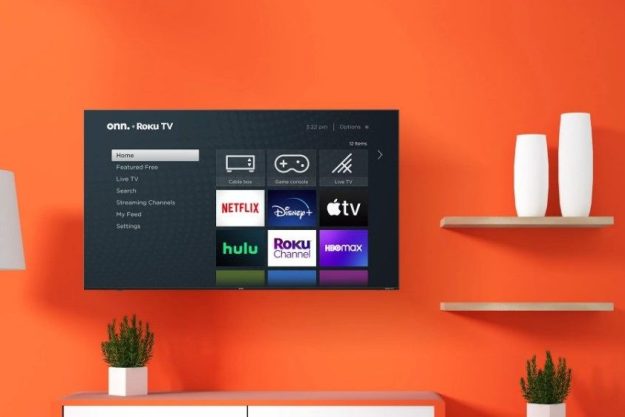
Detailed within the Consumer Intelligence Series study conducted by PricewaterhouseCoopers during June 2013, tolerance of advertisements when watching ad-supported video content declines significantly as digital video screens get smaller. For instance, 85 percent of HDTV viewers are willing to watch at least one advertisement during a commercial break and 25 percent are willing to watch 3 or more ads rather than having to pay for content. On the flip side, 60 percent of smartphone users don’t want to watch a single ad in exchange for free content. Tablet users are in a similar camp with more than three fourths of users that prefer one or fewer ads when watching ad-supported video.
Not surprisingly, Netflix was at the top of the list of sources for online streaming video content for people between the ages of 18 to 34. Other online sources rounding out the top five include TV network sites, Hulu, Amazon Prime and Apple’s iTunes. HBO GO, XFINITY and Hulu Plus also made the list as well as sources for pirated content sure as Sidereel and The Pirate Bay. Of course, Hulu was favored over Hulu Plus by a wide margin due to the additional cost. When asked about the value that Hulu Plus provides, respondents indicated that a DVR replaces Hulu Plus fairly easily when viewing content on their televisions.
The study also analyzed consumer interest in an “a la carte” package of channels potentially offered by a cable or satellite provider. Specifically, 73 percent of consumers are interested in options that would allow them to choose specific channels rather than being locked into a larger channel package. Regarding volume of channels, older U.S. adults between the ages of 35 to 59 are heavily interested in 10 or more channels while younger U.S. adults are mostly interested in nine or fewer options.

Interestingly, younger U.S. adults are willing to pay more for “a la carte” options while older U.S. adults skewed towards the cheaper monthly options. Overall, 62 percent of U.S. adults were willing to pay up to $2.99 per channel each month while 26 percent would be willing to pay between $4 to $8 per channel each month. The most common types of programming that consumers would like to see broken up into “a la carte” packages include basic cable, premium channels like HBO or Showtime, sports channels and lifestyle stations like the Food Network or HGTV. Other programming on the list included national news channels like CNN as well as channels that specialize in children’s programming like Disney or Nickelodeon.
Regarding content discovery, the most common method that leads to starting a new television show is direct influence of family or friends. Other popular responses included channel surfing for new shows or simply catching a commercial for a new program. The least popular method was finding a recommendation on social media that wasn’t from a friend or family member. When it comes to original programming on online subscription services, like Netflix’s House of Cards, U.S. adults between 18 to 34 are most interested in this type of content. Alternatively, over 50 percent of U.S. adults between 50 to 59 don’t consider original programming very important.

